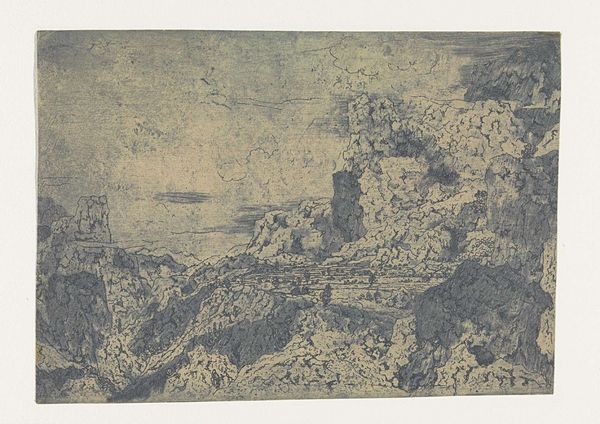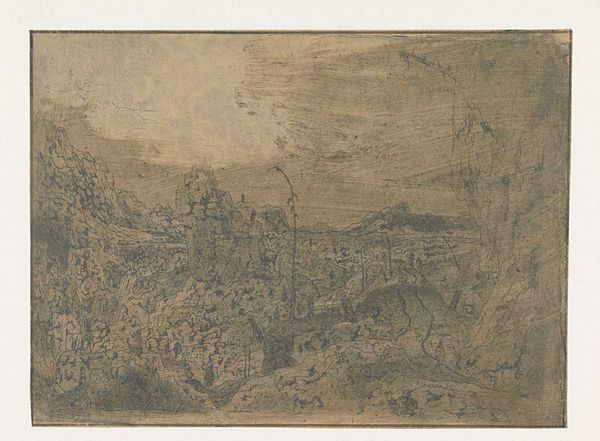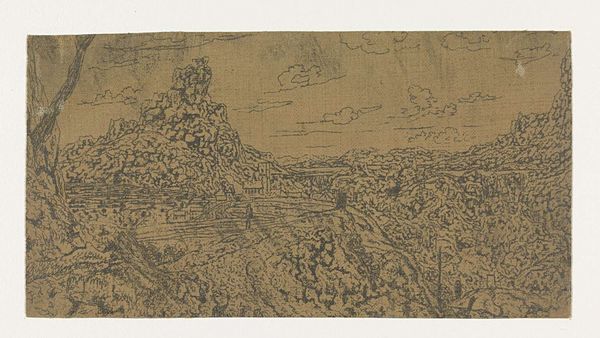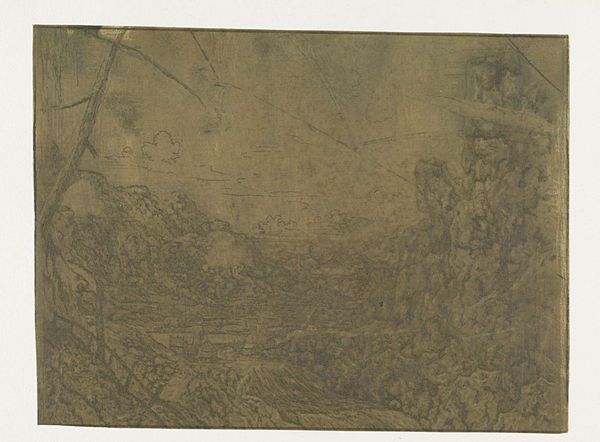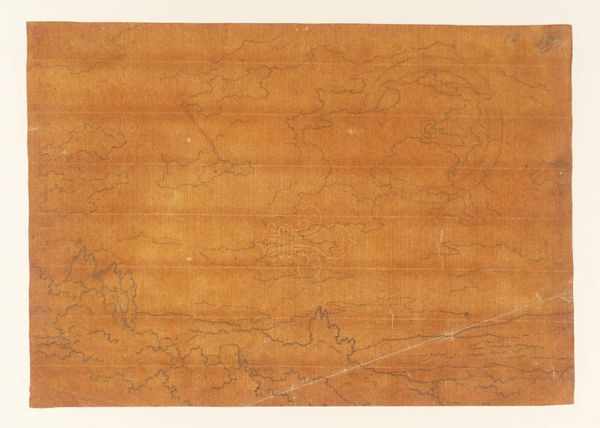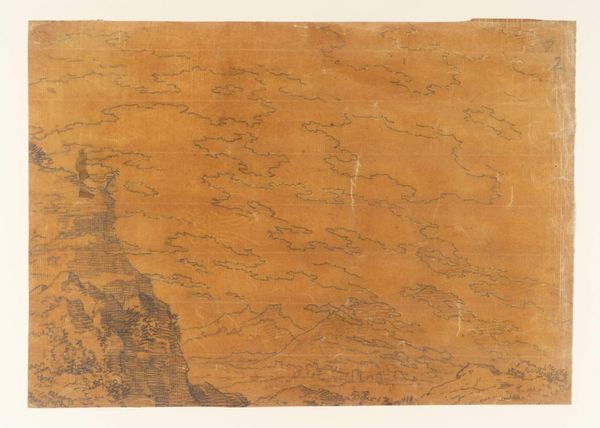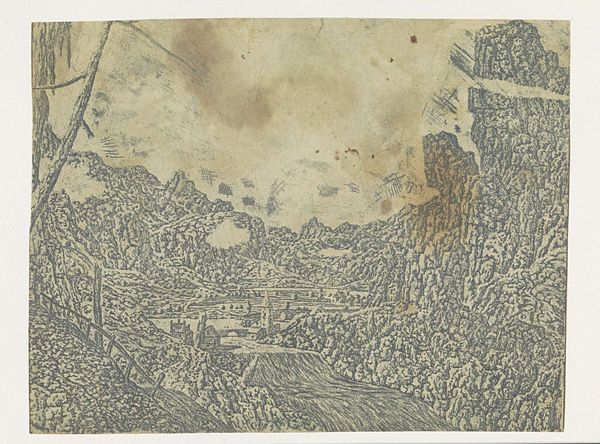
drawing, print, etching
#
drawing
#
baroque
# print
#
etching
#
landscape
#
linocut print
#
northern-renaissance
Dimensions: height 104 mm, width 183 mm
Copyright: Rijks Museum: Open Domain
Hercules Segers made this print, "The Enclosed Valley," sometime in the early 17th century, using etching, a printmaking process that involves biting lines into a metal plate with acid. Segers was a true material innovator. He often printed his plates in color, on textiles rather than paper, and with a textured surface. These choices yielded unpredictable results, with each impression being unique. Here, the rough, granular texture gives the landscape a primeval feel, as if we are looking at the world in the very first days of its formation. The scene becomes not just a representation, but also a physical thing, an artifact. It's tempting to think about Segers's methods in relation to the rise of industrialization. While printmaking had been a reproductive medium for a century, Segers pushed against this logic. He wanted to make multiples that weren't identical. In a world of increasing mechanization, he insisted on the value of the handmade, transforming a repeatable medium into something closer to original art.
Comments
rijksmuseum about 2 years ago
⋮
Clearly visible in this impression are the areas of shadow Segers added by scratching directly in the etching plate with a sharp needle. This ‘drypoint technique’ had never before been used to create tone.
Join the conversation
Join millions of artists and users on Artera today and experience the ultimate creative platform.
